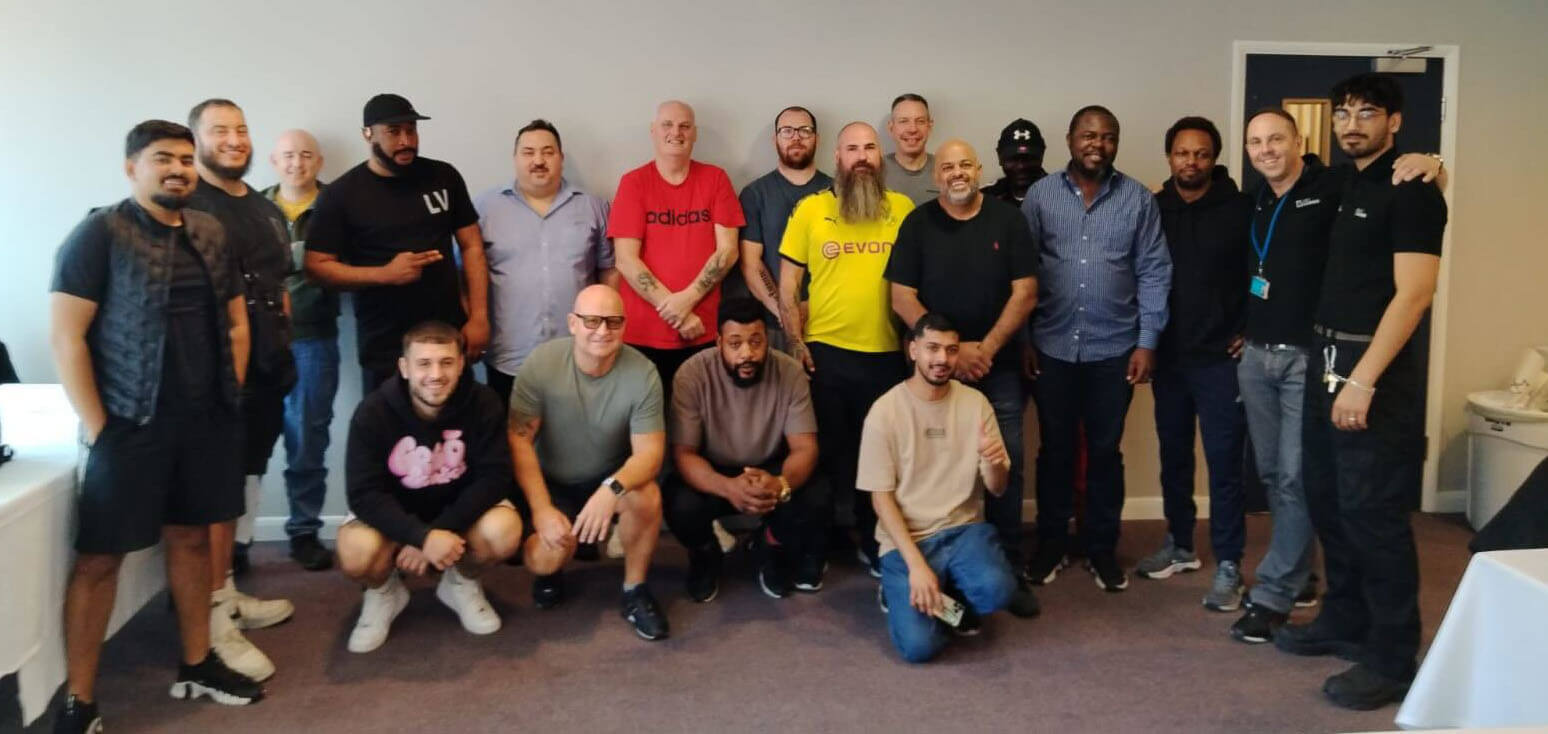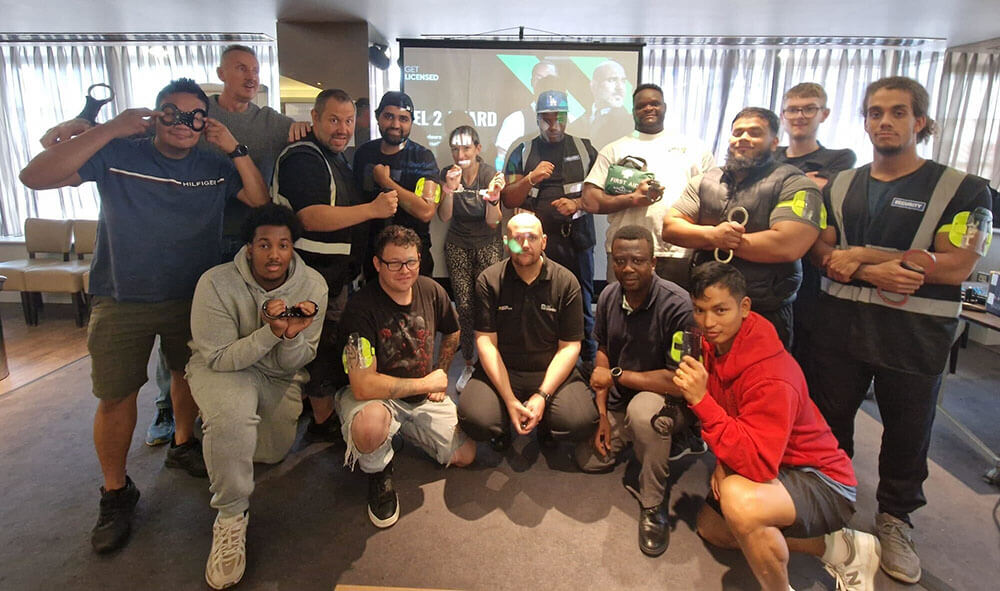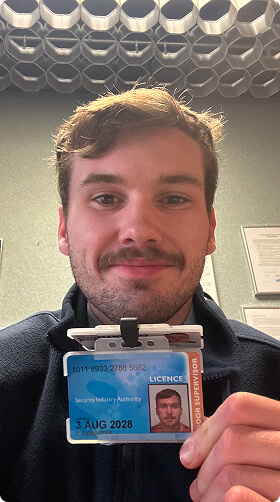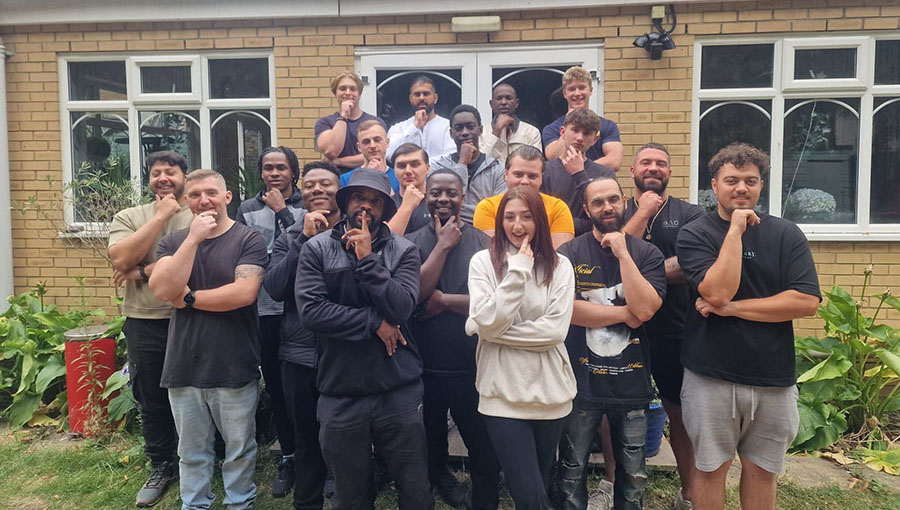
Fast: Same-day results

Clear: Step-by-step support

Trusted: 400,000+ trained

Proven: 95% pass rate
Not in London-Central?
Find your nearest course
Fast: Same-day results

Clear: Step-by-step support

Trusted: 400,000+ trained

Proven: 95% pass rate
Explore SIA training courses in London-Central
Real stories from real people

"Wonderful experience being trained by Ben McCarty. He knows his job very well. Give us the trainees opportunities to express ourselves, ask questions and respond to them accordingly. But he is sometimes too fast with words that some of us who are not English native speakers sometimes find it a little difficult to follow along. But he’s a great trainer."
“The whole course was well taught and delivered in a professional manner. My instructor, James Gilles, was very knowledgeable over all subjects covered in the door supervisor and the first aid course. any questions raised were answered immediately and a full explanation given. 10/10 for the whole experience & the support from Get Licensed."
Not sure where to start?
We'll clear it up!
The aim of the course is to give positive guidance to staff regarding the use of handcuffs and serve as a reference for staff in justifying the use of handcuffs both in terms of policy (who and why do we handcuff) and technique (how do we handcuff).
There is no exam for this handcuff-training course. This is an interactive course and you will be assessed throughout the duration of the 3 hour course. When you have successfully demonstrated that you can use handcuffs correctly, your trainer will give you your certificate.
This course is well suited for any security personnel working within the security industry. This handcuff-training course teaches vital skills on how to safely apprehend someone. This course will also make you more eligible for employment.
It’s easy peasy. You can either book online or you can book through our 24/7 customer service line on 0207 078 7259.
Get Licensed are proud to provide you with a ‘Faster Results’ service for selected courses and locations. Receive your results within just 5 working days after your course is completed. Our aim is to notify you on the same day the training provider sends us your results. Your results will be available online and we’ll also send you an SMS to inform you when your results are available.
To read our full list of FAQ's, click here.

 Trustpilot
Trustpilot






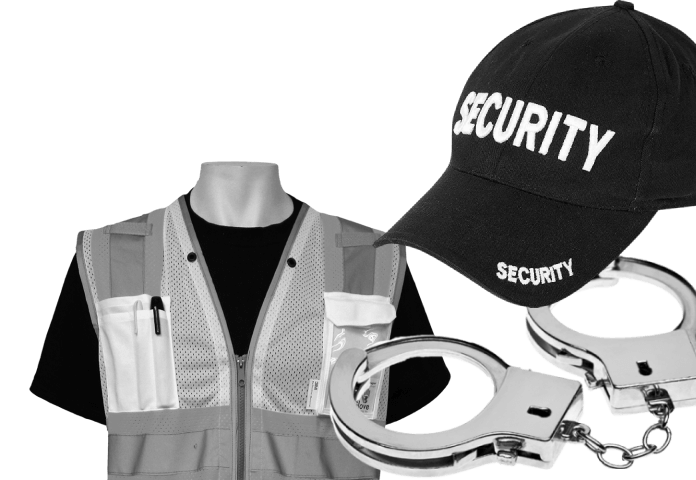








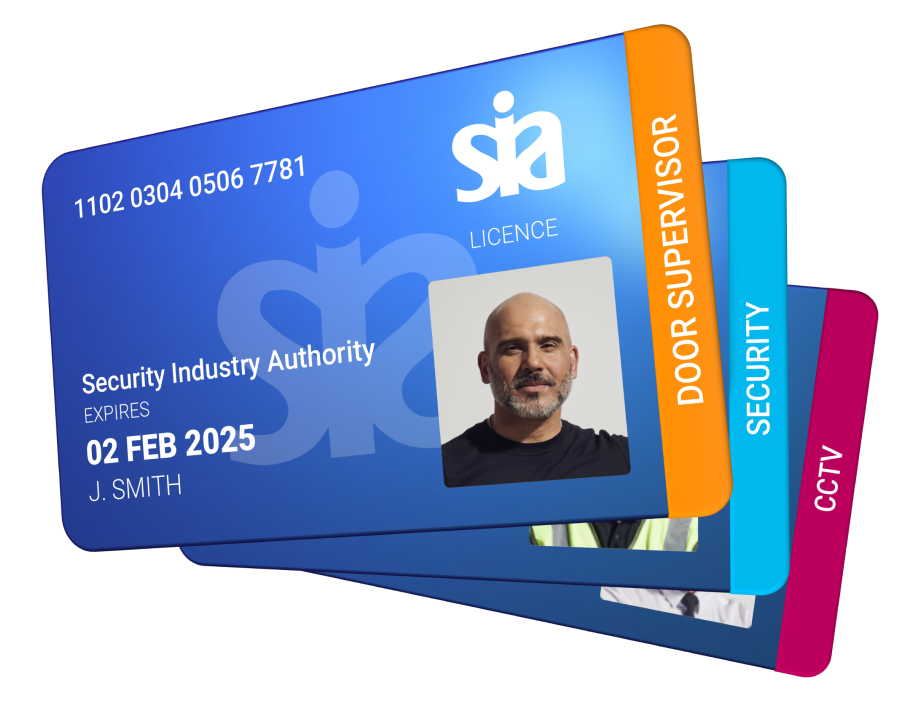



 Chat With Us
Chat With Us

